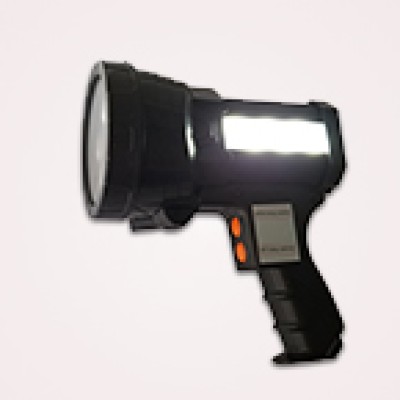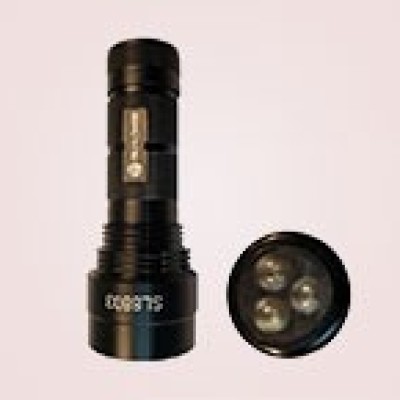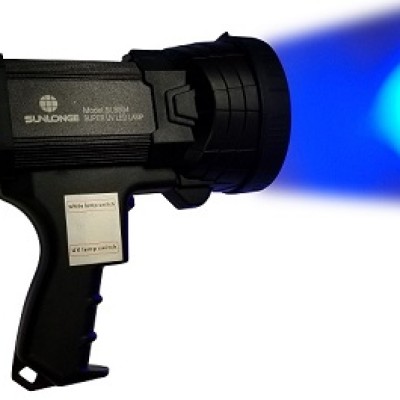Hydraulics is one of humanity’s oldest technologies, first developed along with agriculture. Now hydraulic systems are widely used across the automotive industry. For many different purposes including power steering, shock absorbers and hydraulics in machine tools. It is not quite important for the modern industry.

The more components you have in a hydraulic system, the more important there are for leaks to occur. Leaks are most typically found in the hoses that carry the fluid and the points where the various components connect. If an un-diagnosed hydraulic leaks occurs, immediate detection is essential to keep your system running. Hydraulic fluid leaks make the system less efficient, as there is less fluid available to develop force. Losing fluids in any significant volume can also cause damage to your hydraulic pump. The good news is that hydraulic fluid leaks are usually small, rarely gush liquid and will not immediately affect the system’s functioning. Left undetected, however, their effect on the system can be serious
If you fail to spot a leak or ignore it, you will be inviting trouble, possible even catastrophic equipment failure and potential loss of life. For critical hydraulic systems like power steering or an excavator, it could also be expensive, not only in terms of repairs because the equipment will not be working for an unspecified time. These costs can escalate downstream if additional problems arise, such as missed deadlines, unfulfilled orders, and other equipment and staff being unable to work as a result.
The cost to your business of a hydraulic leak depends entirely on what equipment and components require repair or replacement. There is a world of difference between buying a bottle of hydraulic leak sealant, a length of hose, or a new hydraulic motor.

Hydraulic leaks can also constitute an environmental hazard if leaking fluid gets into the air or dribbles onto the ground. If your fluid is leaking and you constantly replace it, you might as well be dumping it directly into the environment. This is not such a big problem with water or mineral oils, but other fluid with synthetic additives are not good for the environment at all.
Once you have noticed the leaks, the next step is to track down its location. For the larger hydraulic systems, you will probably need to the professional leak detection solution to help. With years’ continuous working in this field, Sunlonge has figured out the new solution, the fluorescent leak detection kit, which uses fluorescent UV dye to show up the leaks. The operation is quite easy. You just add the fluorescent UV dye into the hydraulic system and let the system run for a while. Then scan the suspected system with a UV torch. All the possible leaks can be glowing brightly. Then a little bit of maintenance can ensure the system running well.
 CN
CN








